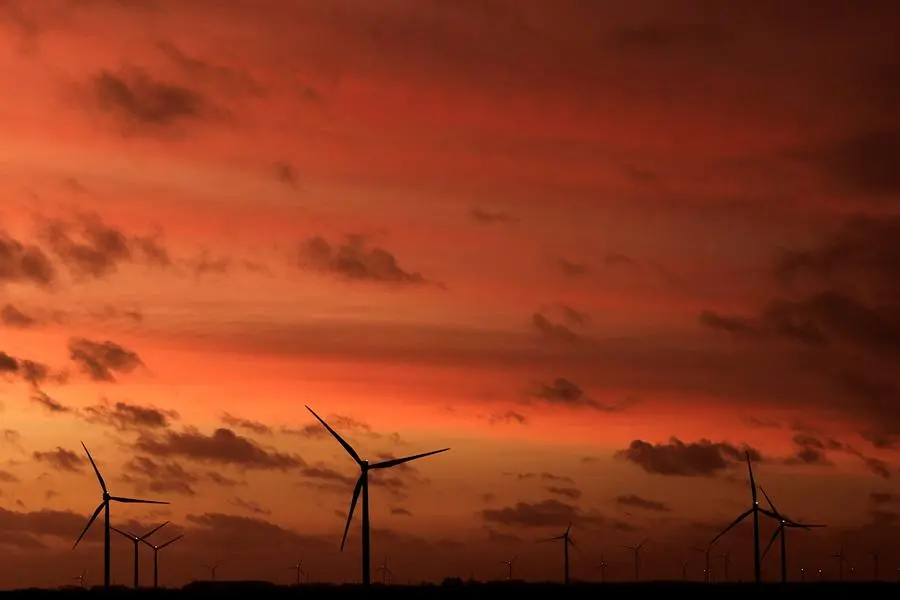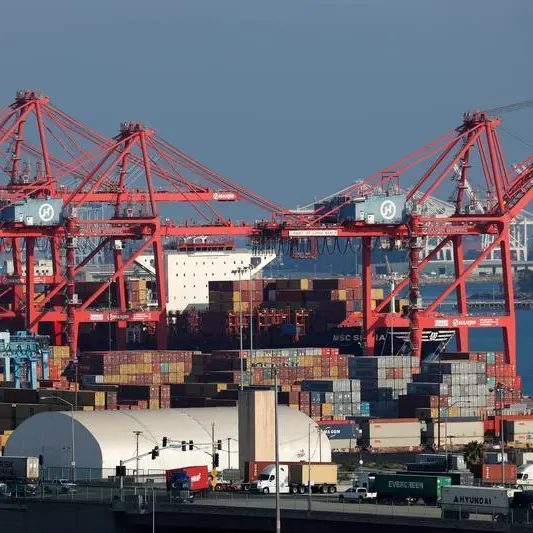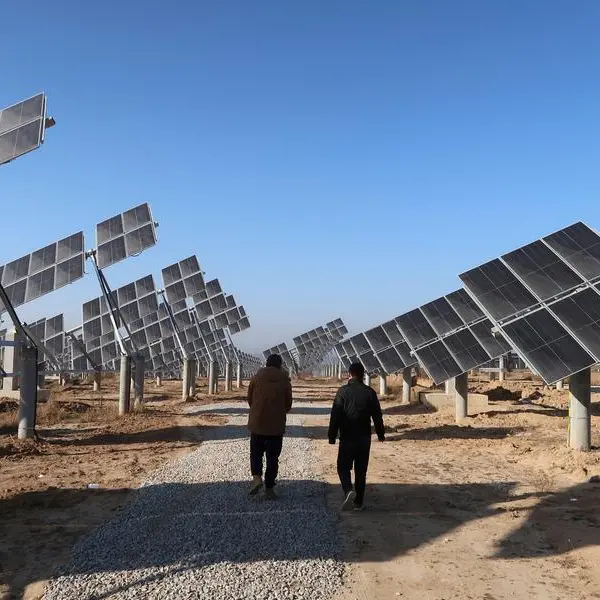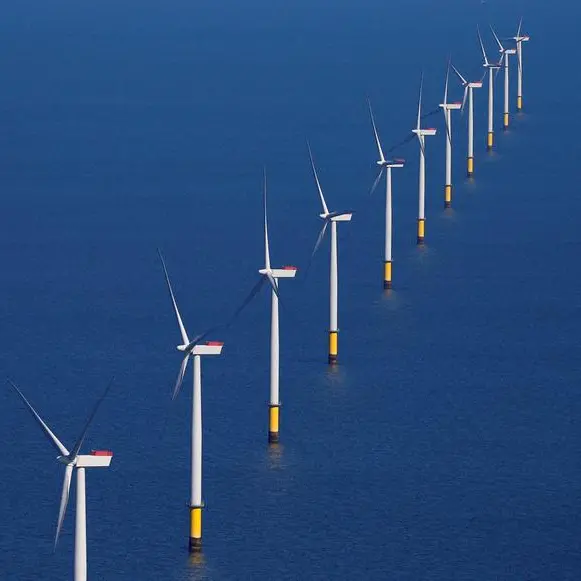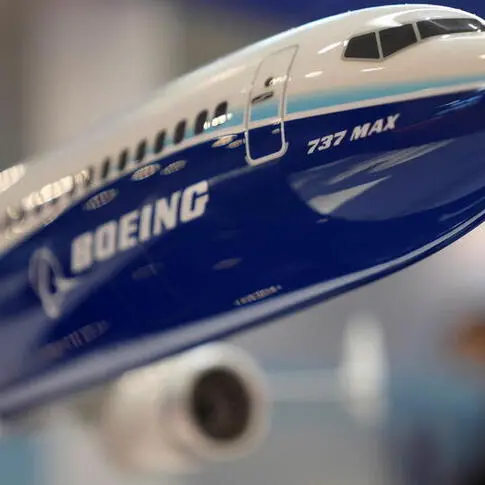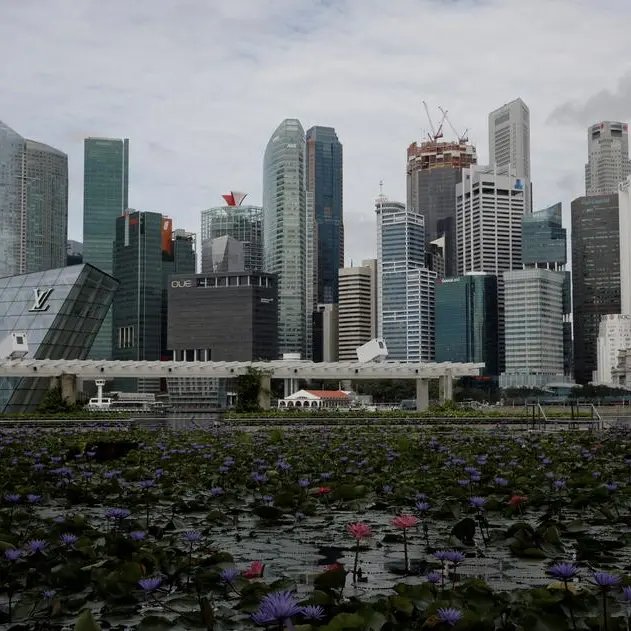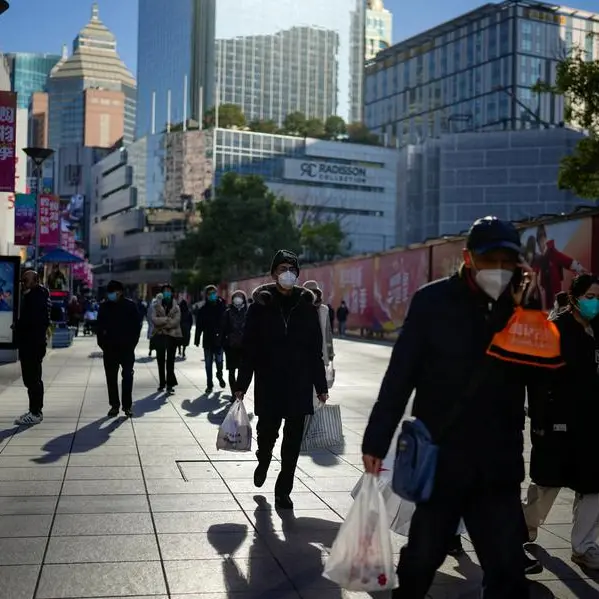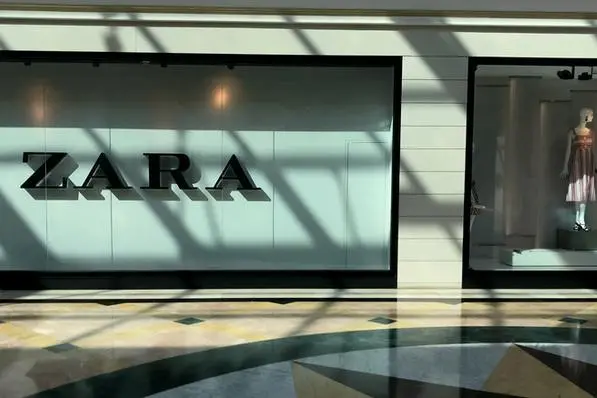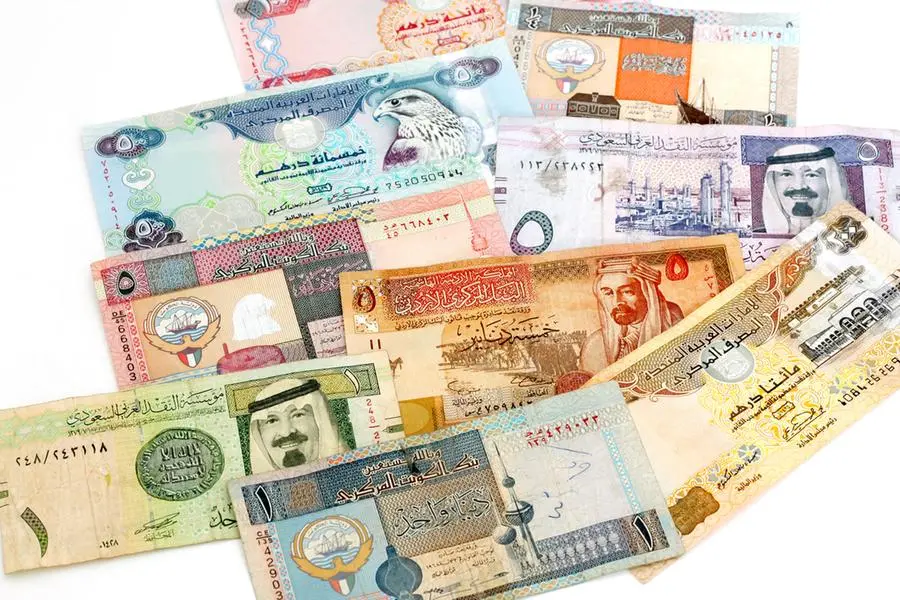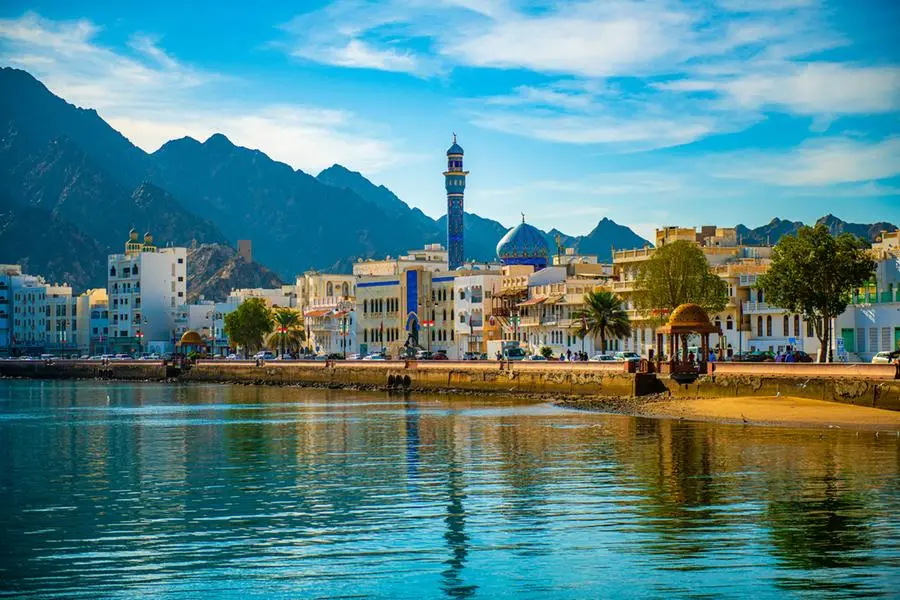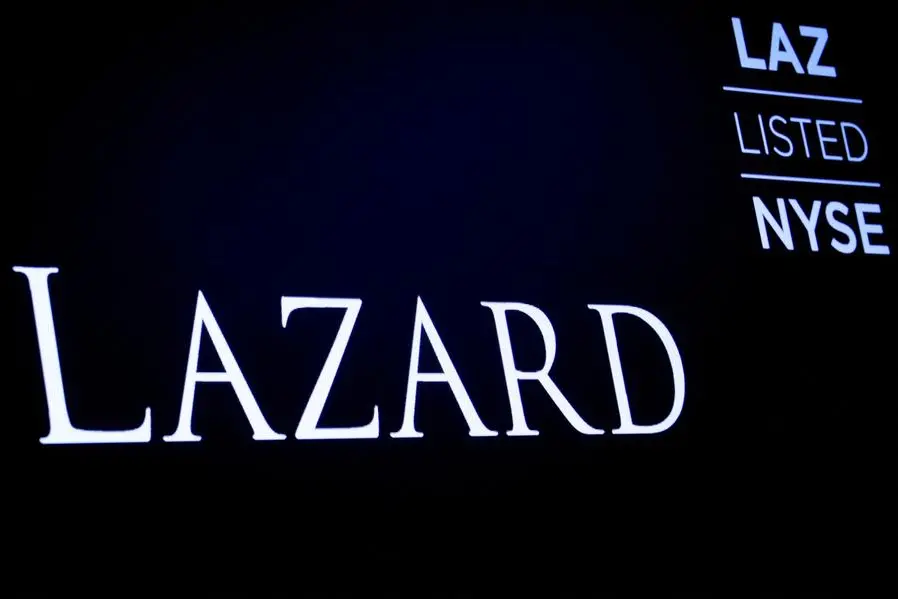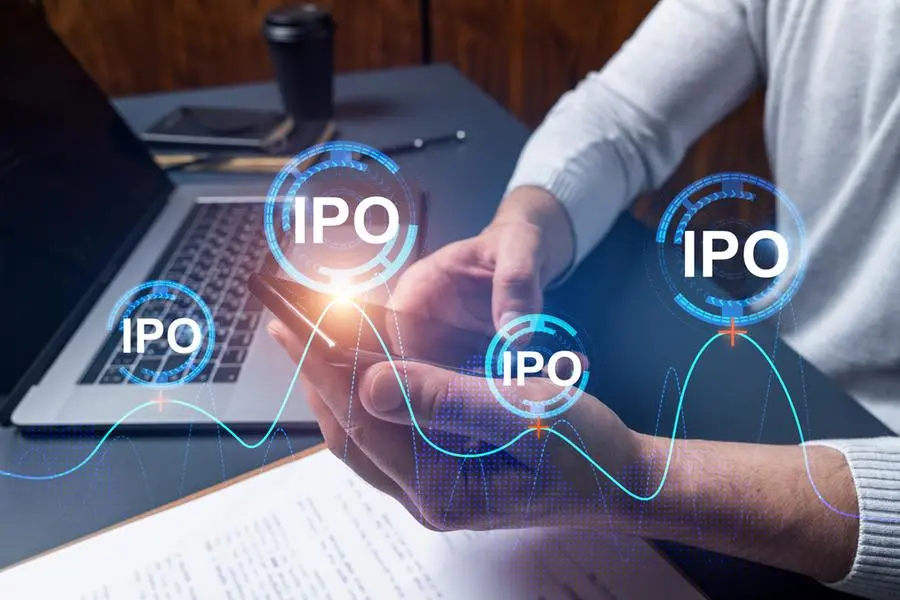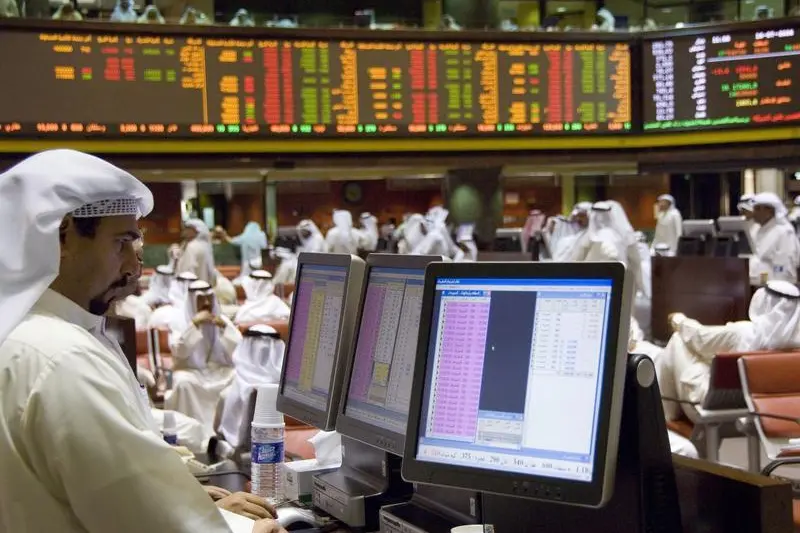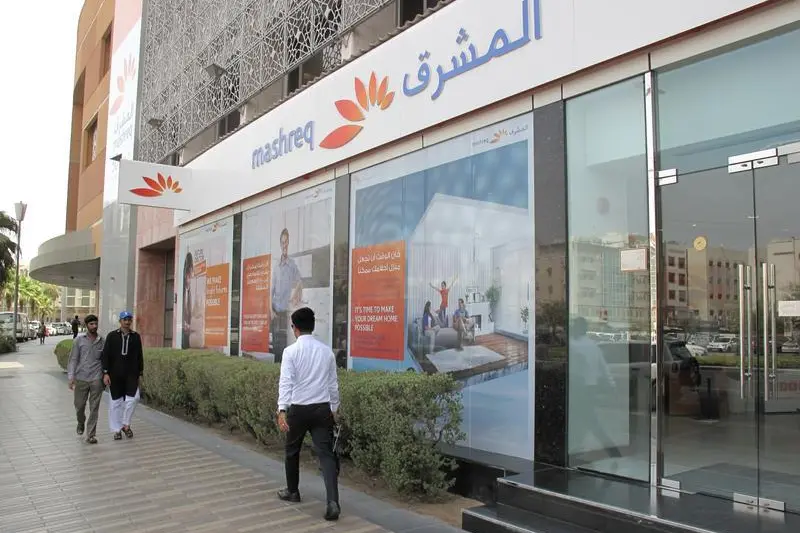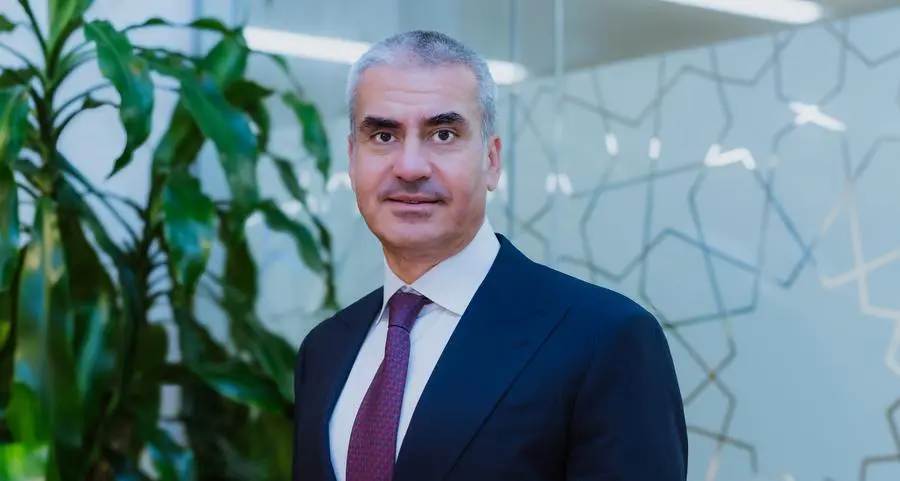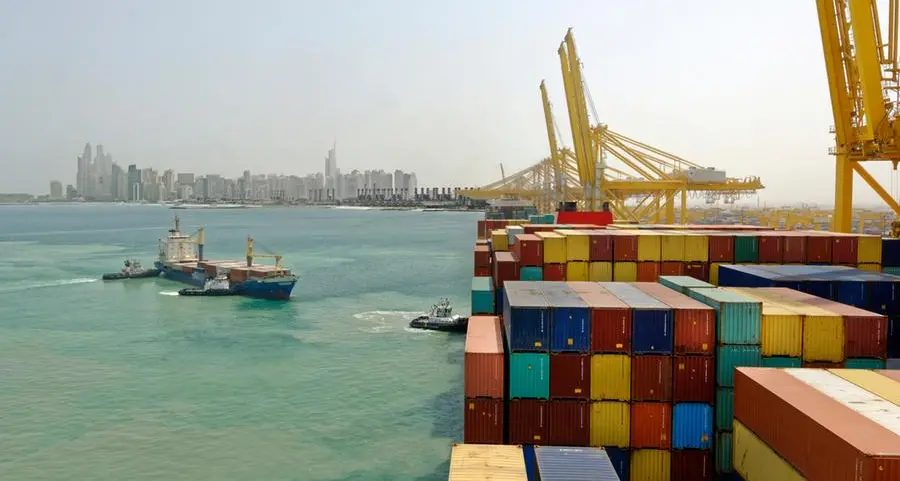PHOTO
Power-generating windmill turbines stand at sunset during the winter solstice at a wind park in Beugny, France, December 22, 2023. REUTERS/Pascal Rossignol Image used for illustrative purpose.
LONDON - Four decades ago, a rare earth processing plant on France's Atlantic coast was one of the largest in the world, churning out materials used to make colour televisions, arc lights and camera lenses.
Its current owner Solvay is racing to return the plant at La Rochelle to its former glory after years of diminished output as Europe seeks to boost production of the minerals fuelling the green energy transition.
The factory's 76-year history is a microcosm of the challenges Europe and the United States face as they seek to reverse massive migration of rare earth processing to China that took place around 25 years ago.
China became dominant in rare earths, a group of 17 minerals, by producing them at lower prices than the West, helped by government support, and often ignoring environmental concerns in a sector that can create toxic waste.
In recent years, China has beefed up sustainability and closed polluting operations.
In the 1980s and 1990s, output from the plant at La Rochelle set the benchmark for global rare earth prices. It now supplies 4,000 metric tons a year of separated rare earth oxides, a fraction of the 298,000 tons pumped out by China last year.
Moreover, Solvay's modest output is focused on the kind of processed rare earths used for auto catalysts and electronics, not the kind needed for permanent magnets used in electric vehicles (EVs) and wind energy. Solvay says it will start producing those by next year.
"We at Solvay want to put rare earths for permanent magnets back on the map in Europe," said An Nuyttens, president of Solvay's division that produces rare earth products.
"It's not an easy one, it's going to be step by step, as the chain from mining up to magnets production needs to be built."
Eventually, the 160-year-old chemicals group aims to supply 20% to 30% of the separated rare earths demand for magnet production in Europe, but Nuyttens said meeting that target may not be possible until after 2030, giving no date.
Under a new EU law that entered into force in May, the bloc has set ambitious 2030 targets for domestic production of critical minerals required for its green transition - 10% of annual needs mined, 25% recycled and 40% processed domestically by the end of the decade.
The bloc has zeroed in on rare earths as one of the most important critical minerals due to their use in permanent magnets that power motors in EVs and wind energy. EU demand is forecast to soar sixfold in the decade to 2030 and sevenfold by 2050.
The EU will struggle, however, to meet most of the goals in rare earths, according to production forecasts gathered by Reuters and interviews with over a dozen industry executives, consultants, EU-funded officials, industry groups and investors.
Missing targets in the Critical Raw Material Act (CRMA) may impact the bloc's zero carbon goals while opening the prospect of further dependence on China amid heightened geopolitical tension with the West, analysts say. China accounts for 98% of EU rare earth permanent magnet imports.
EU Commission spokesperson Johanna Bernsel said they could not confirm the Reuters findings, but said the bloc would do its best to promote projects that help meet the goals in the CRMA.
"Projects in Europe will benefit from a streamlined permitting process, as well as coordinated support for accessing de-risking financing tools and matchmaking with downstream users," Bernsel said.
WINDOW CLOSING FAST
There are three main steps in the rare earth supply chain before permanent magnets can be produced -- mining, separating elements and producing metals/alloys (the latter two both come under the processing target). Reuters compiled production forecasts from companies and compared those with a demand forecast in a report by two EU-funded bodies to assess how the bloc is faring compared to its goals.
According to the Reuters analysis, the EU is due to have only scant output from rare earth mines by 2030; and there is similarly only one project in the metals and alloys sector, which is low margin.
The bloc, however, is likely to meet one target in its most advanced area, separation, producing 45% of needs by 2030.
The final stage of the supply chain - producing magnets from the metals - is not covered by the targets in the new law since they are a finished product, but EU output is expected to meet only 22% of expected demand by 2030, according to the Reuters analysis.
Obstacles to boosting EU rare earths output include public opposition to new mines, wary support by European industry which benefits from cheap Chinese imports, limited funding, uncertain demand as EV sales growth falters and weak prices for the metals.
"The window between now and 2030 is going to close very quickly in the context of how long it takes to get some of these projects and processing facilities off the ground," said Ryan Castilloux at consultancy Adamas Intelligence, which specialises in critical minerals.
Failing to include magnets in the CRMA targets is a "blindspot" and sets up the law to generate "false-positive" results, he added.
The EU spokesperson did not comment directly on that criticism, but noted that CRMA includes several measures to increase recycling.
MINING ON ICE
The European continent has rich rare earth deposits, but there is currently no mining of them. That is unlikely to change in the near term with some projects stalled due to public opposition.
The only likely output in the EU by 2030 is re-processing waste from Sweden's LKAB iron ore mines, which would contribute about 1% of the EU's demand for oxides needed for magnets, based on the Reuters analysis.
Southern Sweden's Norra Karr project, which could supply a large portion of the region's demand, has been held up for 10 years in the government's permitting process and there has also been opposition by environmentalists who say it could pollute drinking water.
An executive of the project's owner, Leading Edge Materials , said a new application for a mining lease is underway for a redesigned project, but offered no timeline for starting production.
The Swedish government did not immediately respond to a Reuters request for comment.
The company plans to apply for the project to be declared strategic under the CRMA, which in theory would make possible fast-track permitting in 27 months.
Another rare earths mining project, Sokli in Finland, also aims to be named a strategic project, but it still has to go through environmental impact assessment and permitting.
"It's not realistic to have it commissioned before 2030," said Matti Hietanen, CEO of the project's owner, state-owned Finnish Minerals Group.
Non-EU-member Norway could contribute 10% of the bloc's demand by 2031, according to private company Rare Earths Norway, which said this month it has Europe's biggest rare earth deposit.
A slide in rare earth prices is also dampening prospects for new mining projects.
"At current price levels, most mines are just not profitable, so there must be support from governments and automakers," said Daan De Jonge at consultancy Benchmark Mineral Intelligence in London.
EU companies are also gearing up to take advantage of the huge potential for recycling to supply critical rare earths, but it will take time before there is enough supply of old EVs and wind turbines to process.
INTEGRATING THE SUPPLY CHAIN
Other industry executives echoed Solvay's uncertainty about ramping up output by 2030, with several telling Reuters they could not commit to launching or raising production by then.
Some of the wariness is due to sales demand for electric cars cooling in recent months after rising dramatically for several years, as consumers wait for more affordable models to hit the market. European EV sales fell 9% in May.
Another challenge for Europe is competing with cheaper imports from China, which has a highly integrated rare earths supply chain including state-owned firms from mining to finished magnets.
Some of the key European rare earth firms have long had operations in China or joint ventures with firms there and are using that expertise to help boost their new EU ventures.
One of those is Neo Performance Materials. It has a plant for separating rare earths in Estonia plus operations in other countries including China.
It is also building a permanent magnet factory in Estonia, which is due to launch output next year and ramp up to 2,000 tons annual capacity over the following two to three years, enough magnets to power about 1.5 million EVs.
Expansion will depend on whether customers support the Critical Raw Material Act targets.
"If they're going to buy 40% of their processed material here, we will absolutely support that demand with production capabilities in Europe," said CEO Rahim Suleman.
While competing with China is tough, Neo estimates it can produce magnets that would cost about $50 per vehicle more than imported magnets from China. The permanent magnets in hybrid and EV motors cost more than $300 per vehicle or up to half the cost of the motor, analysts say.
GKN Powder Metallurgy has launched small-scale production of permanent magnets at a plant in Germany and is gearing up to build a larger commercial facility based on demand.
Magneti Ljubljana in Slovenia, founded in 1951, aims to expand output, but this depends on customers agreeing to purchase products that are more expensive than Chinese imports to diversify their supply and in some cases boost sustainability.
"I've been working in this factory since 1986 and during that time, 27 factories in Europe closed down the production of magnets because of the price," Managing Director Albert Erman said.
(Reporting by Eric Onstad; Editing by Veronica Brown and Claudia Parsons)
